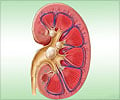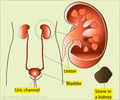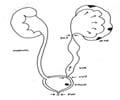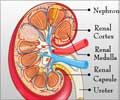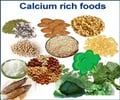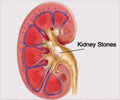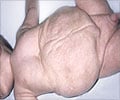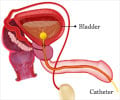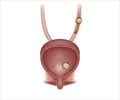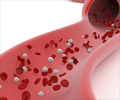Stones in Urinary Tract - Management and Prevention
Ask people who have suffered from urinary stones and they will tell you how excruciating the pain can be!
Brand Names and Generic Names of Drugs for Treatment of Stones in Urinary Tract
Allopurinol
Allopurinol is prescribed to treat gouty arthritis and prevent specific kidney stones by reducing high uric acid levels in the blood.
Trade Names :
Aligout 100mg Strip Of 10 Tablets | Allopurinol (100mg) | Lodiric (100mg) | Aloric (100mg) | Myloric (100mg) | Dynol (100mg) | Algor (100mg) | Kayloric (100mg) | Allgoric (100mg) | Estinol (100mg)
More ...
Tamsulosin
Tamsulosin is an alpha blocker, prescribed for benign prostatic hyperplasia (BPH) or prostate enlargement.
Trade Names :
Veltam (0.2mg) | Prostulin (0.2mg) | Flodart | Urimax 0.4 | Gotam | Uritin | Prostulin (0.4mg) | Veltam (0.4mg) | Tamsin | Ubimax (0.4mg)
More ...

